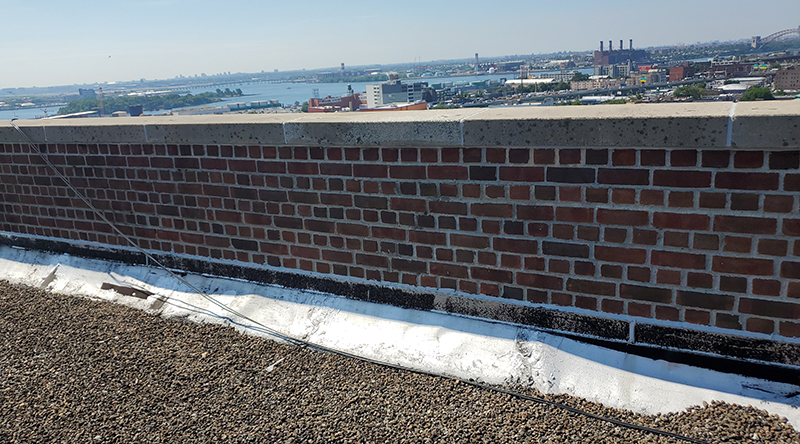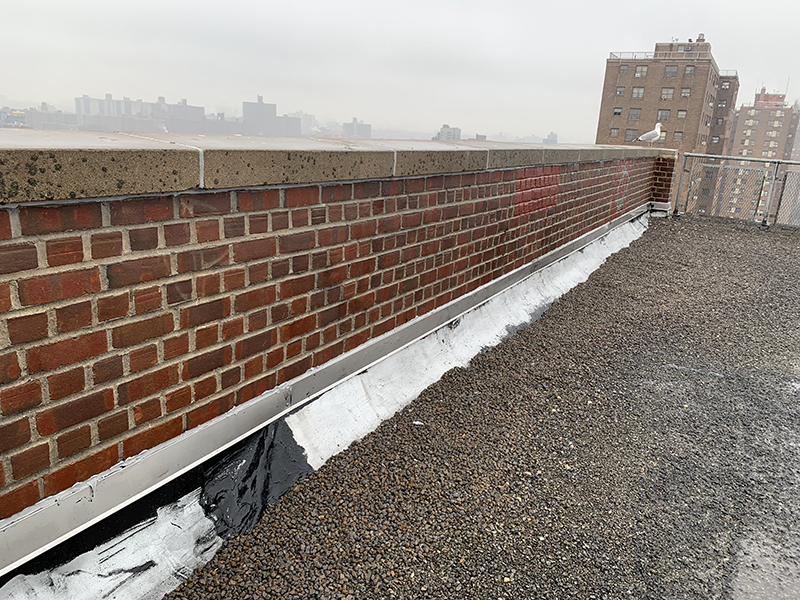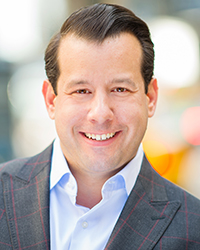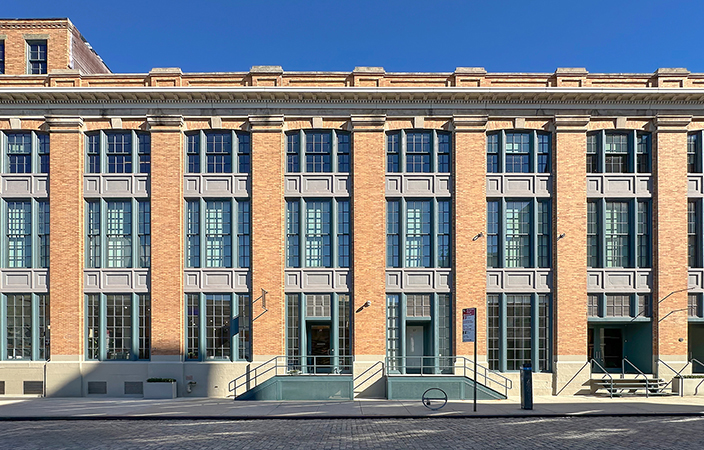It’s not too late for parapet observation - by Kelly Greenfield

On January 1, 2024, a New York City Department of Buildings rule went into effect which mandated that all building owners with a parapets facing a public right-of-way have observations performed and reported on by December 31, 2024, and annually going forward.
 What are parapets?
What are parapets?
Parapets are defined as “the part of any wall entirely above the roof line” by New York City law. Originally designed to protect fortresses and other important structures from military invasion and provide vantage points for counterattack, parapets are now found on a wide variety of buildings today, where they serve functions such as reducing wind loads on the roof, concealing rooftop equipment, providing privacy for communal rooftop spaces, and preventing dangerous falls.
However, parapets and their associated appurtenances can also pose a threat to pedestrians below if not properly maintained. If neglected, a parapet is likely to face moisture infiltration, corrosion, cracking, spalling, displacement, deterioration of mortar joints and sealant, and failed flashings. When these issues remain unaddressed, appurtenances and/or pieces of the parapet itself can break away and fall, potentially harming pedestrians below.

Per 1 RCNY §103-15, observations should be performed by a person competent to inspect parapets, such as a building superintendent, mason, architect, or engineer. The observation must include close-up inspections of the entire parapet and include three key determinations:
1. Whether the parapet is plumb, or perfectly vertical, by a horizontal distance within one-eighth of its cross-sectional thickness
2. Whether there is excessive deterioration, such as cracks, missing or loose bricks, or evidence of rot.
3. Whether appurtenances, such as telecommunications equipment and roof access rails, are in stable condition.
When parapets are deemed unsafe, the observer is required to alert the Department of Buildings and the owner must install public protection measures such as safety netting or sidewalk sheds until the safety issue is rectified.
It should also be noted that any façade inspection and safety program reports that include the required parapet information are sufficient to meet New York City’s mandate, eliminating the need for a separate parapet observation.
How can I make sure my parapets are safe?
Older parapets should ideally be rebuilt and reinforced in order to meet more stringent seismic requirements, enhance building aesthetics, and ensure safety compliance. Parapets should be a minimum of 42 inches above the finished roof level to ensure proper fall protections.
As roofs are replaced with thicker assemblies to meet more stringent energy code compliance, parapet heights may require additional review and, in some cases, may need to be built taller. A structural engineer is ideal to review any additional parapet loads to ensure the existing structure can withstand the additional load and parapet height.
Remember: just because a parapet passes inspection one year does not mean it will the next. Owners of older and/or weather-damaged buildings should consult with an architect or structural engineer to determine the best options for reinforcing or replacing a parapet to ensure successful inspections and regulatory compliance for the future.
Kelly Greenfield, RA, LEED AP (BD+C) || deputy public Agency market director, H2M architects + engineers, Melville, NY.
SABRE coordinates sale of six properties totaling 199,845 s/f


Behind the post: Why reels, stories, and shorts work for CRE (and how to use them) - by Kimberly Zar Bloorian

Lower interest rates and more loan restructuring can help negate any negative trending of NOI on some CRE projects - by Michael Zysman

Strategic pause - by Shallini Mehra and Chirag Doshi








.jpg)
.gif)
.gif)